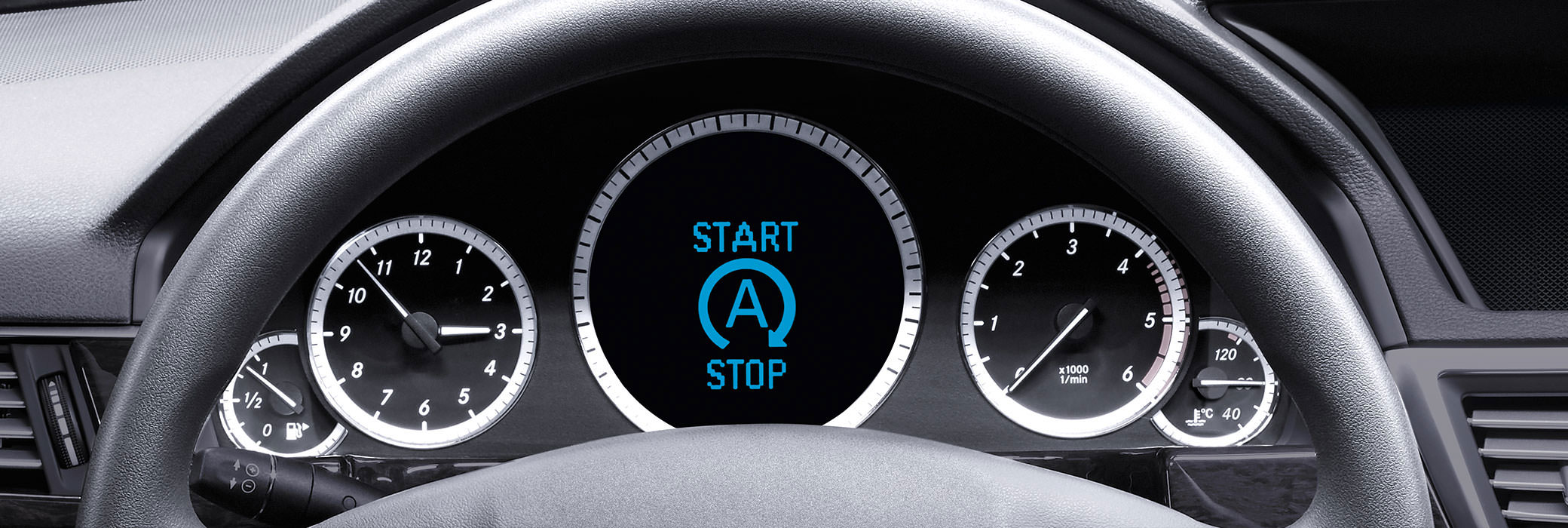
Fleet Managers, should you get Start-Stop?
One of the options automobile fleet managers may want to consider are vehicles with the automatic Start-Stop feature. It not only reduces harmful emissions into the atmosphere, but increases fuel efficiency.
Basically, when you brake the car and it comes to a complete stop, the vehicle turns off, and then turns on again when you release the brake. In Latin America, Start-Stop is becoming more popular in cars, especially since it can increase fuel efficiency by up to 20%.
Some may feel that the constant stopping and starting may deteriorate the starter mechanism. However, according to automotive technical consultant Ricardo Dilser in Brazil, Start-Stop is less hard on the starter than physically turning your car off and on yourself.
It works by disconnecting part of the vehicle’s circuitry so it’s more like a pause than a stop. “Start-Stop knows the exact positioning of the crankshaft when the engine is turned off and which cylinder needs fuel upon restarting. Besides being automatic, it is quite fast and efficient,” says Dilser.
One thing to be aware of is that a vehicle with Start-Stop works better with a special battery, meaning one that recovers back to 12 volts very quickly following every restart of the car, according to local automobile mechanic Pedro Scopino.
In Brazil, while a conventional battery cost approximately 300 reais (US$81), a battery able to handle Start-Stop efficiently is priced around 1,200 reais. Another thing to keep in mind is that air conditioning turns off when the car turns off.
“I like the Start-Stop feature in my 2018 Chevrolet Tracker. I drive about 1,500km per month and definitely notice the savings in fuel usage. The only thing that kind of bothers me is the air conditioning briefly turning off,” São Paulo resident Fabio Britto Salles told Global Fleet.
![]()
2019 Chevrolet Tracker (source: Chevrolet)
There are ways to resolve this though. A driver could press on the brake lightly before stopping, thus not activating the Start-Stop and turning off the A/C. One could also get a digital A/C which would also be better at regulating the temperature in the car.
Finally, remember that some car models feature ways to disactivate the Start-Stop featuere so ask your sales representative or check your manual.
Worth it?
Considering the higher battery cost impacting TCO by some 300 reais per year, having Start-Stop on a car which travels at least 10,000km a year would certainly be worth it as you would save at least 400-800 reais per year. In the end it all depends on the fuel efficiency of your car and the average distance you travel per day.
Authored by: Daniel Bland
Source: https://www.globalfleet.com/en
 I´m a Fleet Management expert, and the manager of Advanced Fleet Management Consulting, that provides Fleet Management Consultancy Services.
I´m a Fleet Management expert, and the manager of Advanced Fleet Management Consulting, that provides Fleet Management Consultancy Services.



